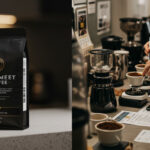
The Birth of Specialty Coffee
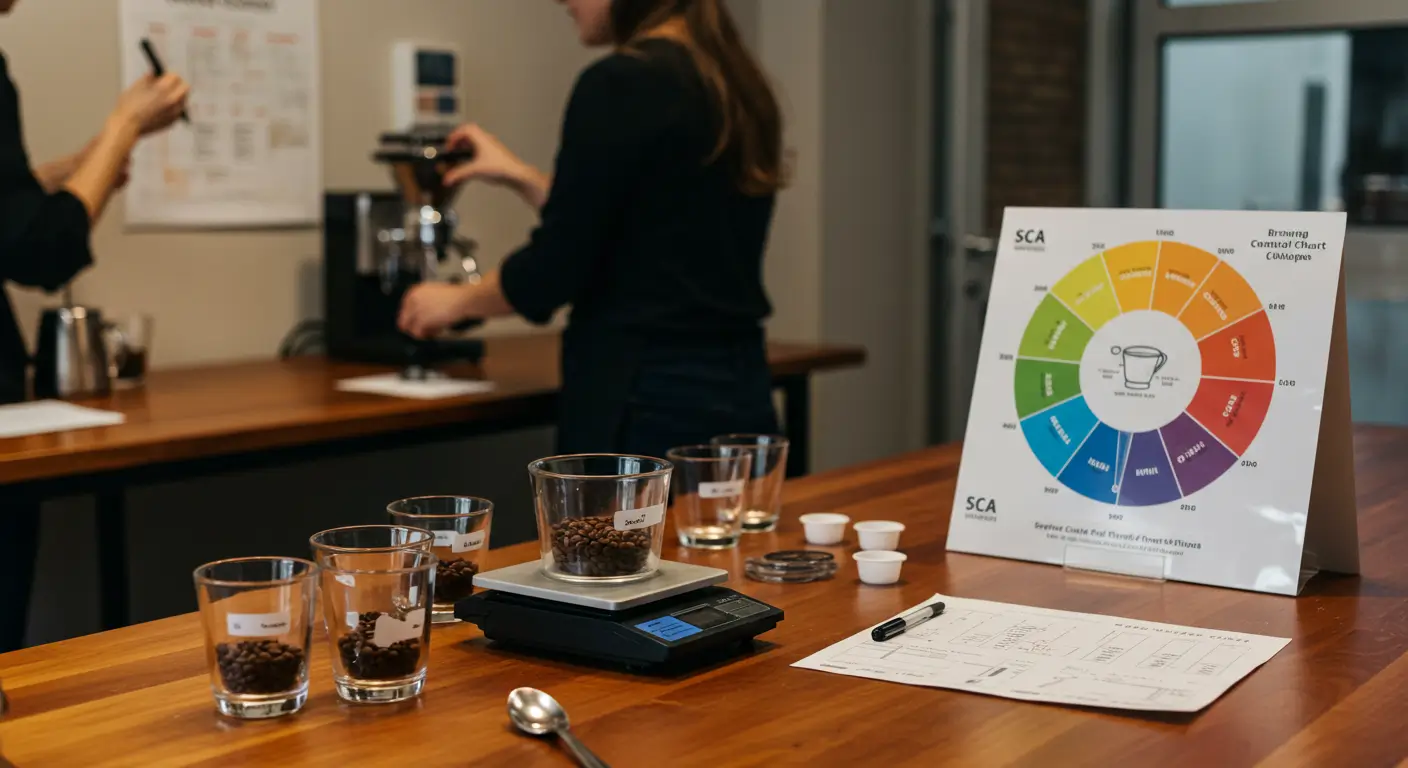
Table of Contents
ToggleDefining Specialty Coffee: What Sets It Apart?
Specialty coffee is more than just a beverage; it’s an experience rooted in quality, care, and craftsmanship. Unlike generic coffee, specialty coffee is made from beans that are meticulously sourced, roasted, and brewed to highlight their unique flavors. These beans must score 80 points or above on a 100-point scale by certified coffee tasters, ensuring exceptional taste and quality. From the farm to your cup, every step is designed to preserve the bean’s inherent characteristics, offering a richer and more complex flavor profile.
The Role of the Specialty Coffee Association (SCA)
The Specialty Coffee Association (SCA) has been instrumental in shaping the specialty coffee movement. Founded in 1982, the SCA has set global standards for coffee quality, from cultivation to brewing. It fosters education, research, and community among coffee professionals and enthusiasts. The SCA’s Coffee Taster’s Flavor Wheel and Brewing Control Chart are iconic tools that help baristas and consumers understand and appreciate the nuances of specialty coffee. Through its certifications and events, the SCA continues to elevate the industry and ensure coffee lovers enjoy the best possible cup.
Early Pioneers in the Specialty Coffee Movement
The specialty coffee movement didn’t happen overnight. Visionaries like Alfred Peet, founder of Peet’s Coffee, and Erna Knutsen
The Evolution of Coffee Cultivation
From Commodity Coffee to Premium Beans
For decades, coffee was primarily seen as a commodity, a product traded in bulk with little attention to its origin or quality. However, as coffee culture evolved, so did the demand for premium beans. This shift began in the late 20th century, when coffee enthusiasts started to appreciate the nuances in flavor profiles, driven by factors like soil, climate, and processing methods. Today, specialty coffee represents a crafted experience, where every bean is treated with care, from farm to cup.
The Focus on Single-Origin and Traceability
One of the most significant trends in modern coffee culture is the emphasis on single-origin beans. Unlike blends, which combine beans from multiple regions, single-origin coffee comes from one specific location, allowing drinkers to savor the unique characteristics of that area. Alongside this, traceability has become a cornerstone of specialty coffee. Consumers now demand to know exactly where their coffee comes from, how it was grown, and by whom. This transparency fosters a deeper connection between coffee lovers and the farmers who cultivate their beans.
The Impact of Sustainable Farming Practices
As awareness of environmental issues grows, sustainable farming has become a critical focus in the coffee industry. Farmers are adopting practices such as shade-grown cultivation, organic farming, and water conservation to protect ecosystems and ensure long-term viability. These methods not only benefit the environment but also enhance the quality of the coffee. Beans grown sustainably often exhibit richer, more complex flavors, making them a favorite among specialty coffee enthusiasts. By choosing sustainably sourced coffee, consumers contribute to a healthier planet and support ethical farming communities.
The Rise of Third Wave Coffee
Understanding the Third Wave Coffee Movement
The third wave coffee movement emerged in the early 2000s as a response to the mass-produced, commodity-focused coffee culture of the past. Unlike the first wave, which prioritized accessibility, and the second wave, which introduced espresso-based drinks and café culture, the third wave shifted the focus to quality, transparency, and sustainability. It treats coffee as an artisanal product, akin to fine wine or craft beer, emphasizing every step of the supply chain—from farm to cup.
This movement was driven by a growing appreciation for the nuances of coffee, such as origin, varietal, and processing methods. It encouraged consumers to see coffee not just as a caffeine fix, but as a complex beverage with a rich story.
How It Shifted Consumer Perceptions of Coffee
Third wave coffee has fundamentally transformed how people think about and consume coffee. Gone are the days when a generic cup of joe would suffice. Today, coffee enthusiasts seek out single-origin beans, meticulously roasted and brewed to highlight their unique characteristics. This movement has also fostered a deeper connection between consumers and producers, with many brands transparently sharing details about the farmers and cooperatives behind their beans.
Specialty coffee shops became hubs for education, offering tasting notes, brewing methods, and even coffee cuppings to help customers develop a more refined palate. This shift has encouraged people to view coffee as a culinary experience rather than a mundane daily ritual.
The Emphasis on Craftsmanship and Flavor Profiles
At the heart of the third wave is an unwavering dedication to craftsmanship. Roasters and baristas are seen as skilled artisans, carefully selecting beans, experimenting with roast profiles, and perfecting brewing techniques to unlock the full potential of each coffee. This attention to detail has led to a greater appreciation for flavor profiles, with notes ranging from fruity and floral to nutty and chocolaty, depending on the origin and processing method.
- Single-origin coffees: Highlighting the unique flavors of specific regions.
- Light roasts: Preserving the bean’s natural characteristics.
- Manual brewing methods: Techniques like pour-over, AeroPress, and French press to enhance flavor extraction.
This emphasis on craftsmanship has elevated coffee from a simple beverage to a sophisticated experience, appealing to both seasoned connoisseurs and curious newcomers alike.
The Science Behind Specialty Coffee
The Importance of Bean Quality and Roasting Techniques
At the heart of every exceptional cup of specialty coffee lies the quality of the beans and the precision of the roasting process. High-quality beans are often sourced from specific regions with ideal growing conditions, ensuring they develop unique flavor profiles. These beans are meticulously harvested and processed to preserve their inherent characteristics.
Roasting is where the magic truly happens. A skilled roaster can highlight the bean’s natural flavors through precise temperature control and timing. Light roasts tend to preserve the bean’s origin characteristics, while darker roasts bring out richer, bolder notes. The art of roasting is a delicate balance—too much heat can overshadow the subtleties, while too little can leave the flavors underdeveloped.
How Brewing Methods Enhance Flavor
The brewing method you choose can dramatically influence the taste and texture of your coffee. Each method extracts flavors differently, offering a unique sensory experience. For instance:
- Pour-over methods, like the V60 or Chemex, emphasize clarity and brightness, allowing the nuanced flavors to shine.
- Espresso machines produce a concentrated shot with a rich, velvety texture, perfect for milk-based drinks.
- French press brewing yields a full-bodied cup, as the metal filter allows more oils and fine particles to remain in the coffee.
Experimenting with different brewing techniques can help you discover new dimensions of flavor in your favorite beans.
The Role of Water Temperature and Grind Size
Two often-overlooked yet critical factors in brewing specialty coffee are water temperature and grind size. Water temperature should ideally be between 195°F and 205°F (90°C to 96°C) for optimal extraction. Too hot, and you risk scorching the coffee; too cold, and the flavors won’t fully develop.
Grind size is equally important and should be tailored to your brewing method. Coarse grinds are best for French press, while finer grinds are essential for espresso. Matching the grind size to your method ensures even extraction and a balanced cup. Investing in a quality grinder can make all the difference in achieving consistency.
The Global Influence of Specialty Coffee
How Specialty Coffee Spread Across the U.S. and Beyond
Specialty coffee began its journey in the United States during the 1980s, when coffee lovers started seeking more than just a caffeine fix. They craved unique flavors, ethical sourcing, and a deeper connection to the craft. This movement quickly spread across the country, fueled by passionate roasters and baristas who championed high-quality beans and meticulous brewing methods. As the U.S. embraced this third wave coffee phenomenon, the influence began to ripple globally. Countries like Australia, Scandinavia, and Japan joined the movement, each adding their own cultural twist to the specialty coffee experience.
The Role of Coffee Competitions and Events
Coffee competitions like the World Barista Championship and Cup of Excellence have played a pivotal role in elevating specialty coffee’s global presence. These events not only celebrate the skill of baristas but also showcase the diversity of coffee beans from different origins. They serve as a platform for innovation, where new brewing techniques and flavor profiles are introduced. Additionally, coffee festivals and expos bring together producers, roasters, and enthusiasts, fostering a sense of community and shared passion. These gatherings have become catalysts for the global exchange of ideas and practices in the specialty coffee world.
The Rise of Specialty Coffee Shops Worldwide
The proliferation of specialty coffee shops has been a defining feature of the global coffee movement. From cozy neighborhood cafes to sleek urban roasteries, these spaces offer more than just coffee—they provide an experience. Craftsmanship and transparency are at the heart of these establishments, with many shops roasting their own beans and educating customers about the origins and processes behind their brews. Cities like Portland, Melbourne, and Seoul have become hubs for specialty coffee, inspiring a new generation of entrepreneurs to open their own shops. This global network of coffee shops has made it easier than ever for consumers to access and appreciate specialty coffee, no matter where they are.
Why Specialty Coffee Matters Today
The Connection Between Quality and Sustainability
Specialty coffee is more than just a delicious beverage; it’s a movement that prioritizes both quality and sustainability. Unlike mass-produced coffee, specialty coffee is grown with meticulous care, often using environmentally friendly practices. This means fewer chemicals, less water waste, and healthier soil. By choosing specialty coffee, you’re not just enjoying a superior cup—you’re supporting a more sustainable future for coffee farming.
How It Supports Small Farmers and Communities
One of the most compelling reasons to embrace specialty coffee is its impact on small farmers and their communities. Specialty coffee often comes from small-scale farms where growers focus on quality over quantity. These farmers are paid fairer prices for their beans, enabling them to invest in their families and communities. Here’s how your purchase makes a difference:
- Ensures fair wages and better living conditions for farmers
- Encourages investment in education and infrastructure
- Promotes economic stability in coffee-growing regions
Why It Offers a Better Coffee Experience
For coffee lovers, specialty coffee is a revelation. The attention to detail in every step—from cultivation to brewing—results in a cup that’s rich, complex, and bursting with flavor. Here’s what sets it apart:
- Exceptional taste profiles: Each bean is carefully selected and roasted to highlight its unique characteristics.
- Traceability: You know exactly where your coffee comes from, often down to the specific farm or region.
- Freshness: Specialty coffee is typically roasted in small batches, ensuring peak flavor.
Whether you’re a home barista or a casual coffee drinker, specialty coffee offers an experience that’s worth savoring—one that connects you to the craft and the people behind every sip.
How to Explore Specialty Coffee at Home
Exploring specialty coffee at home can be a deeply rewarding experience, offering you the chance to savor high-quality flavors in the comfort of your own space. Whether you’re a seasoned home barista or just starting your journey, focusing on a few key elements can elevate your coffee game significantly.
Tips for Choosing High-Quality Beans
The foundation of any great cup of specialty coffee is, of course, the beans. Here are some tips to ensure you’re selecting the best:
- Look for freshness: Always check the roast date on the packaging. Specialty coffee is best consumed within 2-4 weeks of roasting.
- Consider the origin: Single-origin beans often showcase unique flavor profiles tied to their specific growing region.
- Opt for whole beans: Grinding your beans just before brewing preserves their aroma and flavor.
Recommended Brewing Methods for Beginners
Starting with the right brewing method can make all the difference. Here are a few beginner-friendly options to consider:
- French Press: Simple and forgiving, the French Press is perfect for those who enjoy a full-bodied cup.
- Pour-Over: Ideal for highlighting the nuanced flavors of specialty coffee, the pour-over method gives you control over the brewing process.
- Aeropress: Known for its versatility, the Aeropress can produce a variety of coffee styles, from espresso-like shots to milder brews.
Investing in the Right Coffee Equipment
Your coffee equipment plays a pivotal role in your brewing journey. Here’s what to consider:
- Grinder: A burr grinder is essential for achieving a consistent grind size, which is crucial for even extraction.
- Brewing device: Choose a brewing method that aligns with your taste preferences and skill level.
- Scale and thermometer: Precision is key in specialty coffee. A scale ensures you’re using the correct coffee-to-water ratio, while a thermometer helps you maintain the ideal water temperature (195-205°F).
Frequently Asked Questions
What’s the best way to store coffee beans? Store your beans in an airtight container away from light, heat, and moisture. Avoid the refrigerator or freezer. How much should I spend on coffee equipment? Start with the essentials like a grinder and a brewing device. You can gradually invest in more advanced tools as your skills and passion grow.
By paying attention to the quality of your beans, choosing the right brewing method, and equipping yourself with the necessary tools, you can transform your home into a specialty coffee haven. Happy brewing!
is an editor at Coffee With Finance and a true coffee enthusiast. He explores roasts, flavors, origins, and brewing methods, sharing stories that captivate both beginners and experts. Petter believes great coffee sparks meaningful moments—and that includes simple, jargon-free talks about personal finance. His content blends aroma, flavor, and insight, making each coffee break an inspiring and enriching experience.


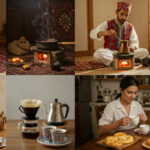










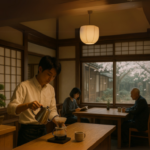

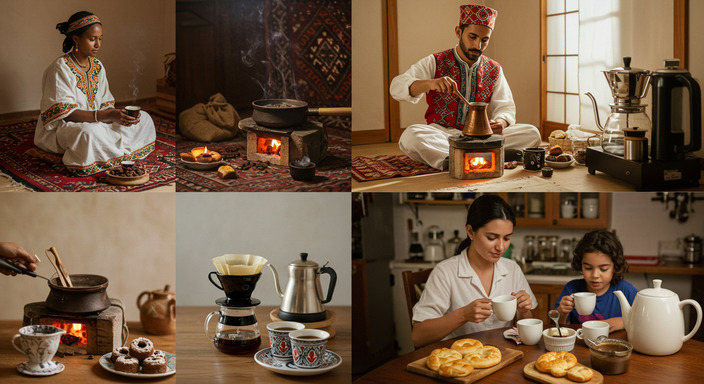

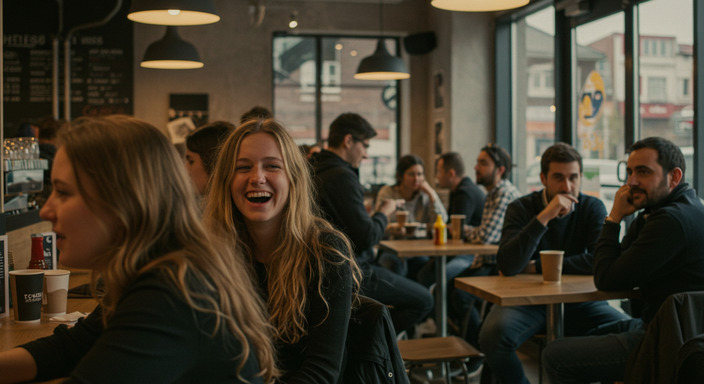
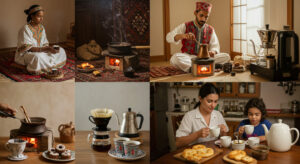








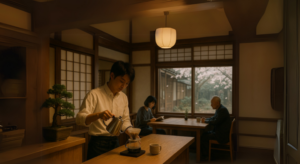
Post Comment